-

Muffins, designed by Lucie Koldova and Dan Yeffet.
-
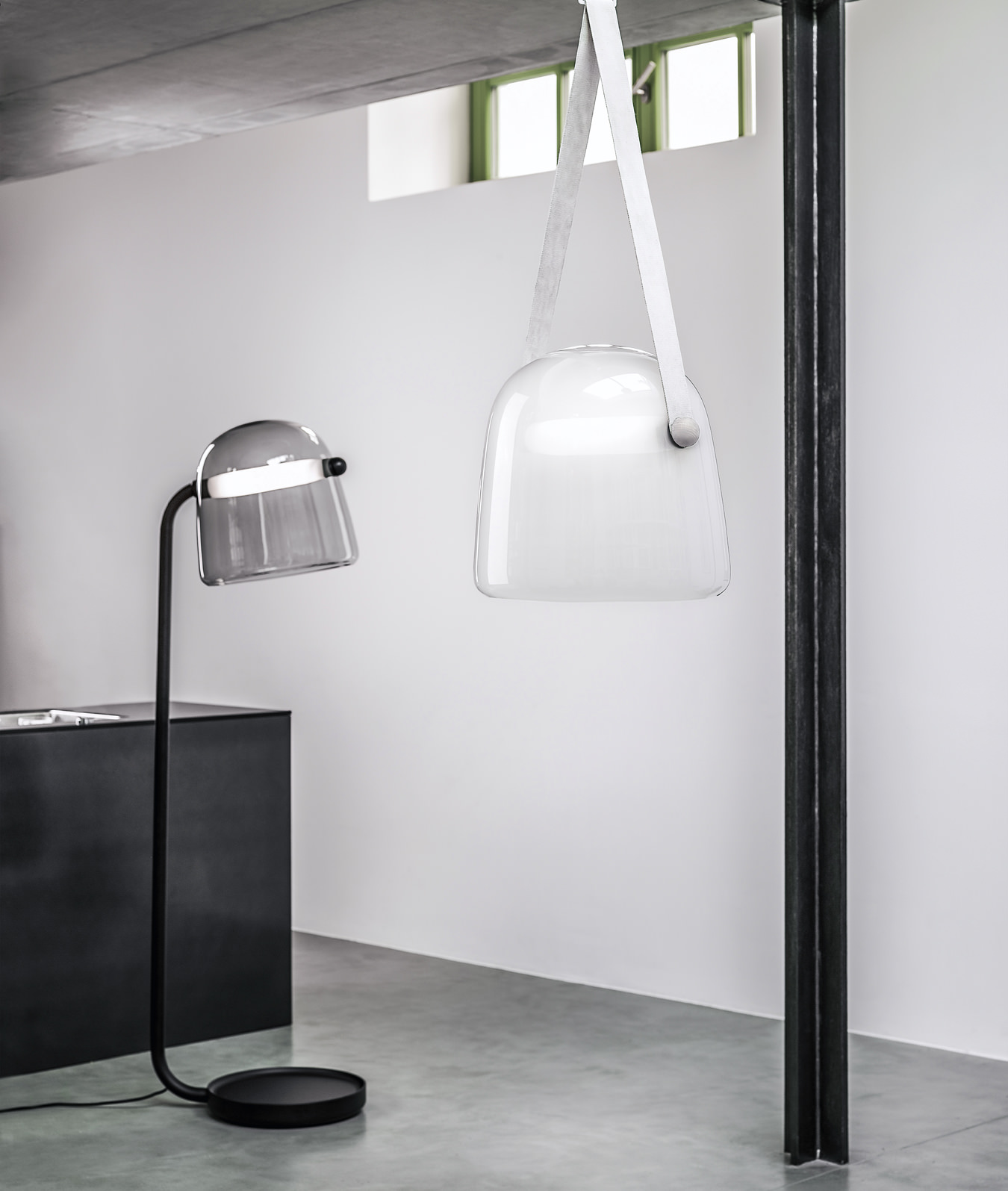
Brokis lighting collections include the Mona, designed by Lucie Koldova.
-
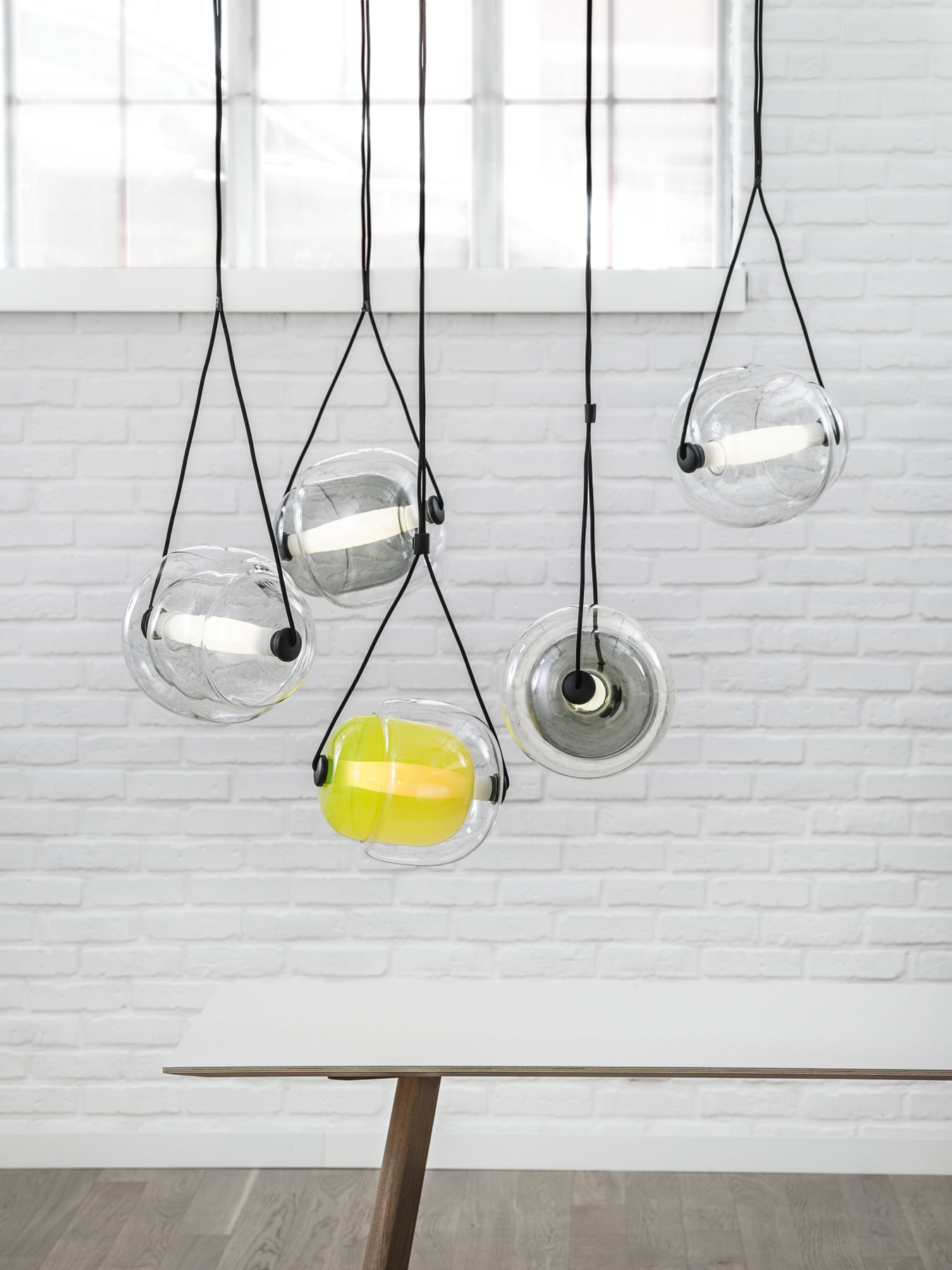
Capsula by Lucie Koldova for Brokis.
-
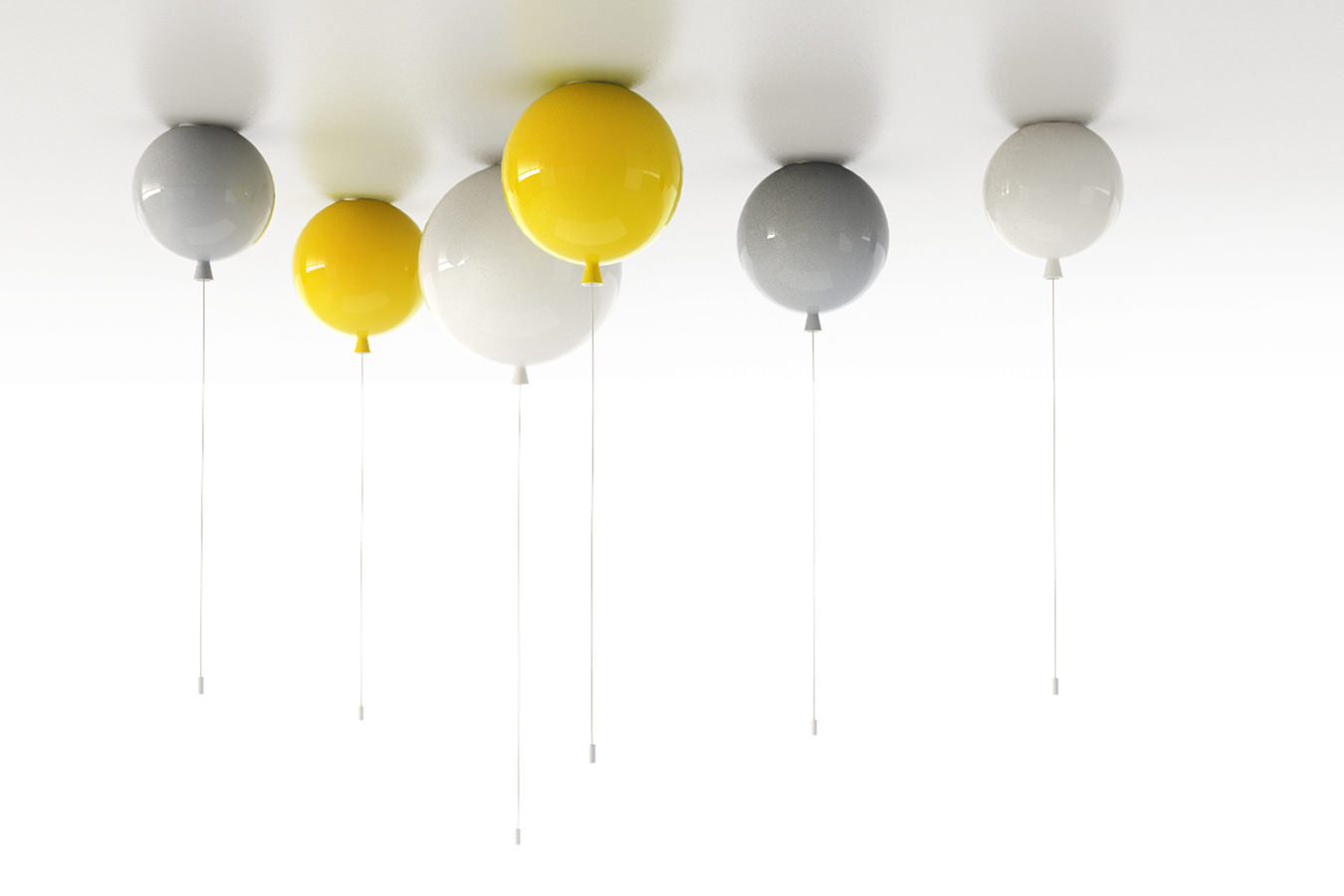
Memory by Boris Klimek for Brokis.
-

Mona by Lucie Koldova for Brokis.
-
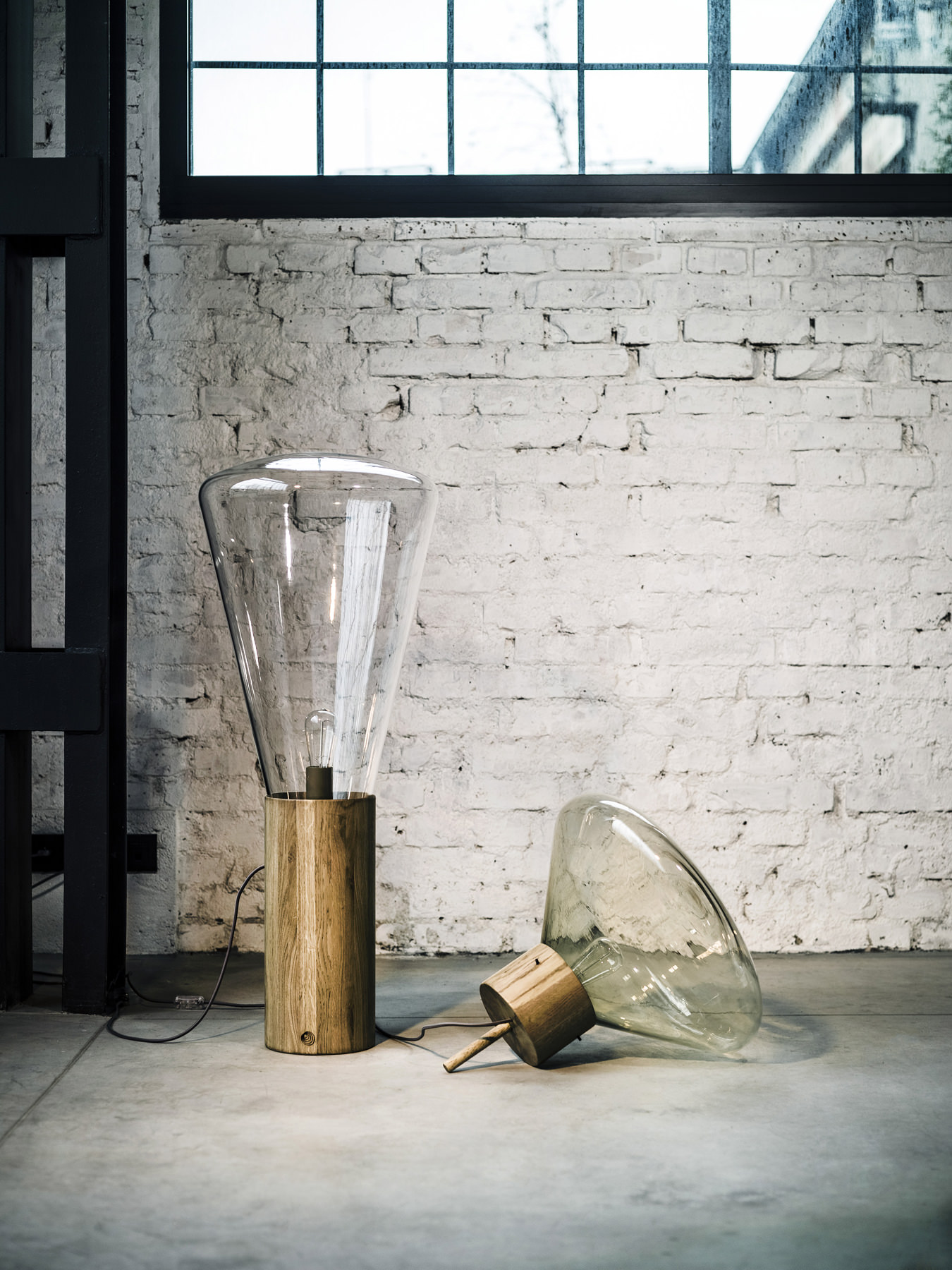
Muffins by Lucie Koldova and Dan Yeffet.
-
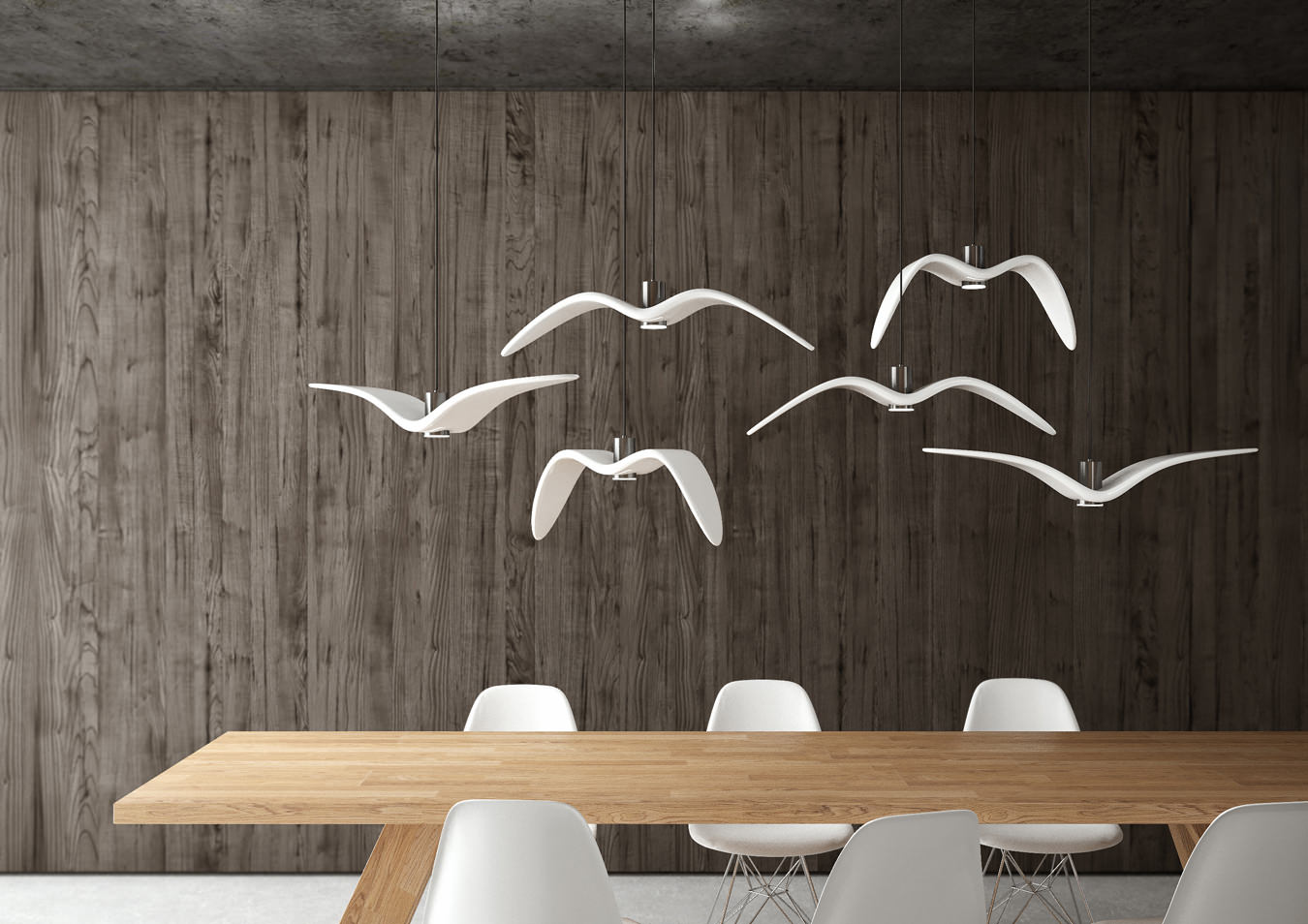
Night Birds by Boris Klimek.
-
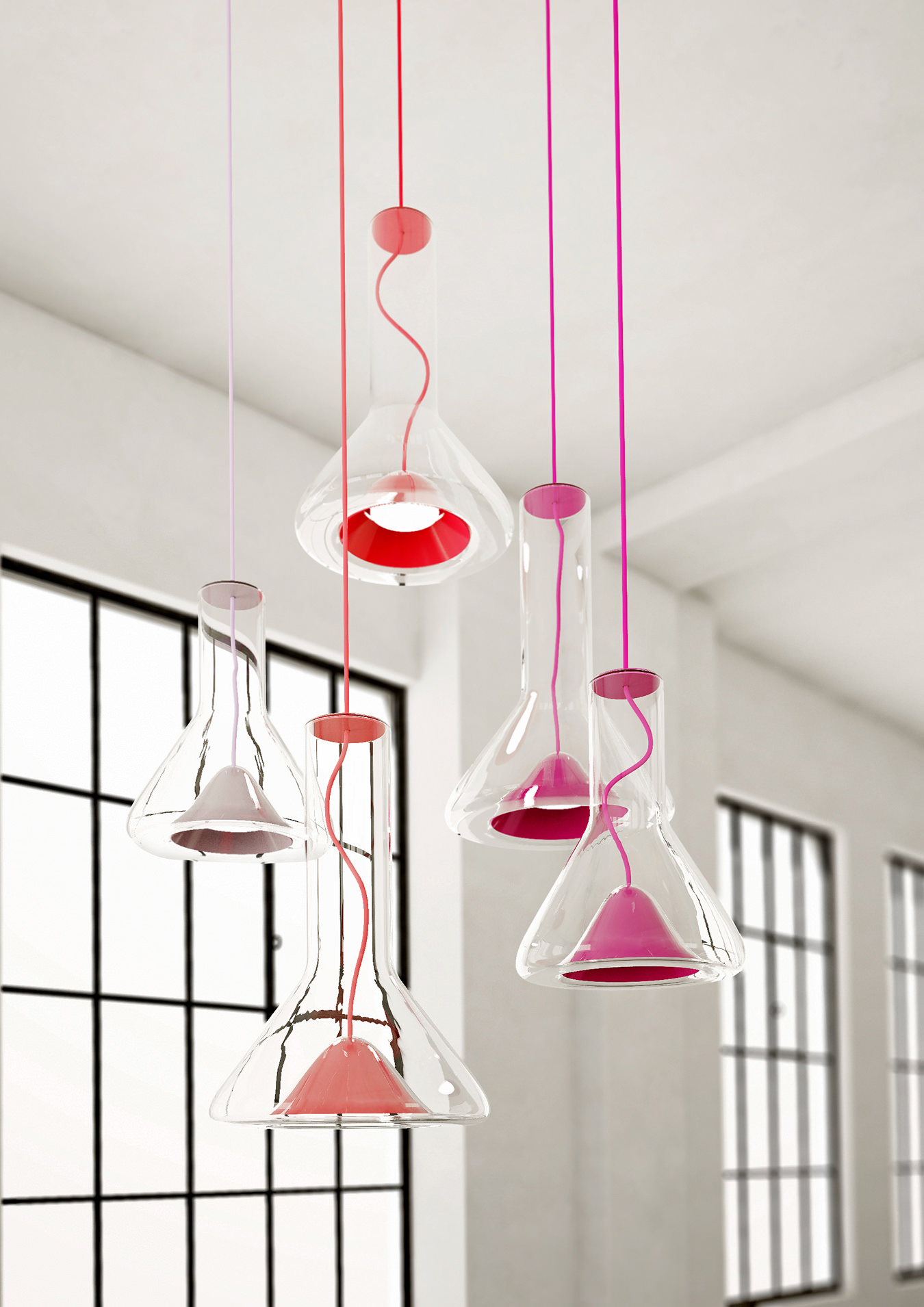
Whistle by Lucie Koldova for Brokis.
Lucie Koldova and Brokis
A fine light.
Two hours from Prague, floating amidst the swells of the Czech countryside, is the landlocked village of Jenštejn, which locals call “the Island”. It is 5ºC outside, but inside the 200-year-old Jenštejn Glassworks, it is not unreasonable to fear that one’s clothing may spontaneously ignite. Air in the stone ovens wobbles with white heat over pools of molten glass. Glass-blowers in shorts, T-shirts, and single-arm bandages (to protect from the heat), with cheeks like Louis Armstrong, work at a rapid clip despite the incendiary temperatures, shaping some of the products of iconic brands like Flos, Foscarini, Artemide, and Louis Poulsen, as well as the glassworks’ in-house label, Brokis. They carry globes of burning glass on javelin-like pipes between the furnaces and their workstations, steaming troughs of water above pits in the floor, containing charred wooden moulds. The comparison to a nether world is impossible to avoid, but what these men and women are making is light.
“Light” is what Czech designer Lucie Koldova’s given name means. Koldova is standing in front of an oven, fanning her face with one hand while managing to look incongruously fresh, aglow only with a subtle blush brought on by the limelight. Since 2010, the designer’s contributions to a newly rebranded Brokis have helped launch it into the international market. Brokis was only 10 years old, and Koldova only 28, when she took over its creative direction in early 2012, but at this April’s Milan Furniture Fair, where Koldova’s own flat-topped table lamp Lightline was introduced, the collaboration proved to be consistently illuminating.
Along with ceramics, marble, copper, wood, textiles, and other hand-worked materials, glass has been experiencing an uptick in popularity in recent years as interest in craftsmanship and sustainability has soared. More than any of these materials, however, glass suggests something of alchemy.
It is immediately striking that, like glass, Koldova, who is tall and strong, is delicately formed at the same time, a brunette with blue eyes. “I wanted to be an artist from my early childhood,” she says. “When I grew up, I felt very comfortable in sculpture and three-dimensional objects, and I realized that I tend toward crafts connected with the real world.” Koldova discovered glass through Brokis, whose owner, Czech–Puerto Rican Jan Rabell, tapped her in 2009, less than a year after she graduated from Prague’s Academy of Arts, Architecture and Design and moved to Paris. During this time, she also received commissions from the likes of La Chance, Gallery S. Bensimon, When Objects Work, and Haymann Editions. By the time that she was leaving Arik Levy’s design studio, Rabell had brought her on board as creative director. And by last year, she had moved her studio back to Prague to be closer to glass production and the workshops (and to loved ones: she and her fiancé are expecting their first child in July).
Rabell chooses his collaborators intuitively, he says, which has meant working with a number of talented young designers, such as Tomaś Varga and Boris Klimek. But over the past four years, Koldova has emerged precipitously with her own modern, but handcrafted, furniture, sculpture, and lighting design, much of it in glass. Her pieces are recognizable for their clarity of form and use of craft processes, their layered colour and unusual proportions. For La Chance, a French design house, she has made the simultaneously leaden and featherweight Apollo Light (with Israeli designer Dan Yeffet) and the full-length Iconic Mirror. To the first collection of the new Belgian label Per/Use, she contributed the minimalist Orion Hanger for hanging clothes. She floated a bowl-like fixture in the middle of transparent glass globes for Balloons, and composed the pendant Capsula for Brokis, two ovoid volumes, one transparent, the other tinted, bisected by a tubular bulb.
Glass, says Koldova, “mesmerizes” her: “The process of melting sand into glass is particularly immersive. Somehow the material and its features feel very familiar and close to me. Glass represents a resilient, tough material characterized as fragile at the same time. And light in combination with glass is fascinating: there is a game of reflections, transparencies, and vibrating energy.” Koldova knows well that, like a human being, perhaps, or a lifetime, glass invites serendipity. It can be unpredictable. Each object, no matter how similar, is necessarily unique.
Photos by Martin Chum.




